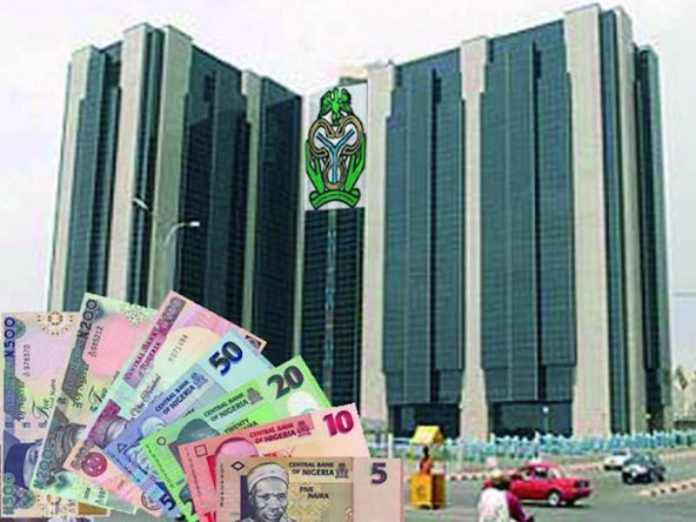The Central Bank of Nigeria (CBN) appears to have begun the journey towards the unification of the nation’s exchange rate. At the weekend the apex bank removed the official exchange rate of N379 to a dollar from its website.
Having traded within a band of 380 and 381 to the dollar since July last year, the naira hit a record low of 419.75 against the dollar on Friday before closing at 411.25 on the over-the-counter spot market.
Traders believe this could be a move by the central bank to unify multiple exchange rates.
DAILY ASSET findings reveal that the decision was taken because exchange rates change daily and nobody uses the rate on CBN website.
This implies that the importer and exporter window (I&E) is now the default reference exchange rate for official transactions in the country.
The I&E FX window is the market trading segment for investors, exporters and end-users that allows for FX trades to be made at exchange rates determined based on prevailing market circumstances.
The window was introduced in 2017 by the CBN to improve foreign exchange market mechanisms, deepen market liquidity, and ensure prompt execution and settlement of all forex transactions.
Nigeria currently has multiple exchange windows. This has caused lack of clarity for investors who are worried about currency risk.
Rising dollar demand has put pressure on the naira as providers of foreign exchange, such as offshore investors, exited after the COVID-19 pandemic triggered a fall in global oil prices.
Central Bank Governor Godwin Emefiele in February said the currency was trading at 410 naira on the official market while the government has been using that rate for its business as it tries to boost earnings from crude sales, its main export.
The World Bank has also urged the government to unify its various windows before the $1.5 billion budget support loan to Nigeria is disbursed.
The CBN has been trying to unify the rates and boost the dollar supply through direct interventions. The CBN also in a bid to encourage more dollar inflows into the country, introduced the Naira4Dollar scheme for diaspora remittances, a scheme that was supposed to have ended this month, but was extended to run indefinitely by the CBN.
In March, Zainab Ahmed, minister of finance, budget and national planning, said Nigeria had moved into a flexible exchange rate by adopting the Nigerian Autonomous Foreign Exchange (NAFEX) rate as the new official rate for government transactions.
“Within the government and the central bank, there is only one official rate, and that’s the NAFEX rate,” Ahmed had said. A claim Godwin Emefiele, governor of the CBN, refuted.
Commenting on the development, the head of retail investment at Chapel Hill Denham, Ayodeji Ebo, said, “the removal may be to shift focus to the investors & exporters FX window which has also been the reference rate for the government in 2021.
“This step further reinforces the adoption of the I&E window as this will reduce the controversy on the reference rate to use for transactions.”
The CBN is due to hold its interest rate setting meeting later this month with economic data on inflation and first quarter growth figures expected from next week.


